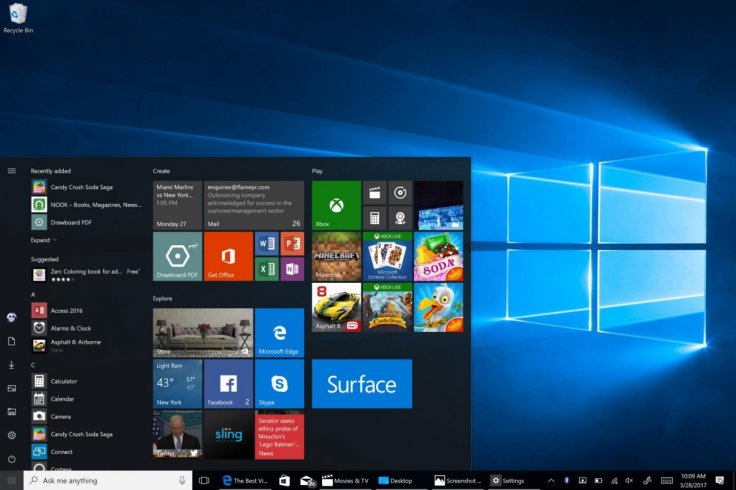Just before terminating all official support, Microsoft launched an update for Windows 7 users. Focusing on the required fixes for already discovered vulnerabilities, the update version KB4534310 had an innocuous-yet—annoying bug inside. Once updated, the flaw used to paint the entire screen black if users chose to stretch the display wallpaper.
Windows 7 support
At the time of releasing the update, more than half out of seven million Windows 7 users had installed the patch and suffered from the all-black display.
At the time of terminating its support, Microsoft asserted that they would release fixes only for organizations that have purchased Windows 7 Extended Security Updates (ESU). Otherwise, Windows 7 customers would have to pay either $25 or $50 for each of their machines running on the Windows 7 operating system.
However, the Windows developer has a history of rolling out updates even after the official support withdrawal. To rescue Windows XP running machines, Microsoft released a patch after formal support termination.
The new patch
Even though Microsoft refused to release an official patch to fix the all-black display, the company has come up with an official upgrade. The latest update would automatically fix the bug. The update would work for all machines running Windows 7 and Windows Server 2008 R2 SP1.
The DIY
If you still prefer to have a machine that runs on Windows 7, you can quickly fix the black-screen bug through a few clicks. The fix sounds silly, but it can quickly help remove the problem forever from your device.
For doing that, right-click anywhere on the system display and choose Personalise from the pop-up menu. Navigate to Desktop Wallpaper.
In the desktop wallpaper section, you can either pick a system default wallpaper that exists in the wallpaper selection menu or choose a custom image having the exact resolution of your device display.
For instance, if your notebook display resolution is 1366x768, you should select a display having an identical resolution.
Choose either fill, fit, tile or center option as picture position.










